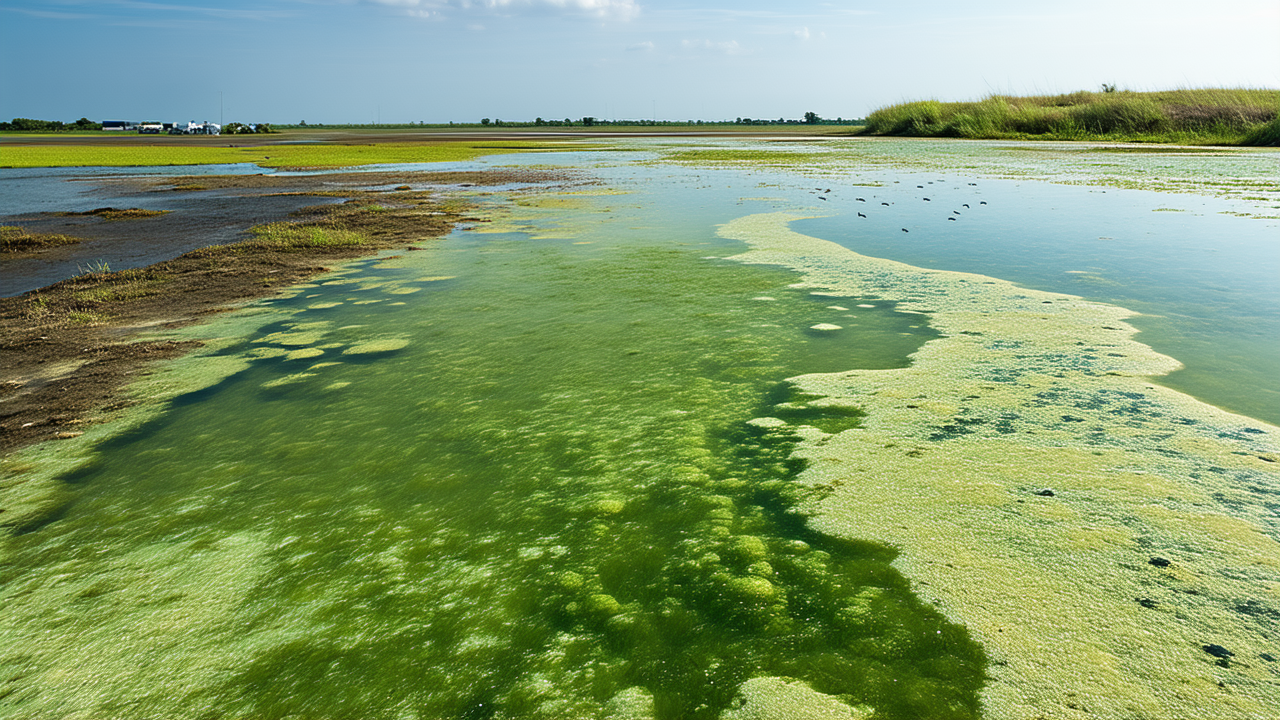Southland Lagoon Faces Ecological Tipping Point, DOC Warns
Southland Lagoon Faces Ecological Tipping Point, DOC Warns
Waituna Lagoon, located southeast of Invercargill, is at a critical juncture, with the Department of Conservation (DOC) issuing a stark warning that without immediate action, the site could cross an irreversible ecological tipping point. The lagoon is a key part of the internationally significant Awarua-Waituna Wetlands, but its unique position at the bottom of a 20,000-hectare intensively farmed catchment area has left it vulnerable to sediment and nutrient run-off, leading to recurring algal blooms and declining water quality.
Currently, an independent panel is reviewing a proposed consent application by the Southland Regional Council, Te Rūnanga o Awarua, and DOC, which seeks to determine whether the lagoon should continue being periodically opened to the sea to manage water levels. This issue has become a matter of urgency, given the lagoon’s ecological and cultural significance.
Last year, the council resorted to using emergency powers twice to open the lagoon in an effort to flush out a cyanobacterial bloom, highlighting the severity of the situation. DOC solicitor Pene Williams emphasized the lagoon’s importance, noting that it is home to more than 90 bird species, including migratory arctic birds that arrive in New Zealand’s summer for their winter. It is also a sanctuary for native fish, plants, and other wetland species, many of which are under conservation concern.
“This is a place where people come to recreate, to appreciate its ecological and cultural values,” Williams said. “It’s the only remaining coastal lagoon on the east coast in a natural ecological condition, but it remains at risk of crossing that tipping point without action being taken.”
During the public notification period last year, 51 people submitted their views, with 42 opposing the proposed changes. Many of these submissions expressed concerns about the frequency and duration of lagoon openings, fearing that higher water levels could lead to flooding and hinder drainage. Fish & Game and Forest & Bird also raised objections to a proposed 20-year transition period, which would gradually raise the water level thresholds at which the lagoon could be opened to the sea. These organizations advocated for immediate changes to water levels to address the ecological crisis.
Despite these challenges, DOC, the council, and Te Rūnanga o Awarua remain committed to working closely with the community to restore the lagoon. “We have submissions from people who deeply care about Waituna, who have been recreating, working, observing, and celebrating Waituna for generations,” Williams noted. “This plan is managing the lagoon as the receiving environment for what is coming down the catchment in a way that promotes hauora and restores it.”
The coming months will be crucial in determining the lagoon’s future. As the panel deliberates, the voices of the community, conservationists, and local authorities will play a pivotal role in shaping a sustainable path forward for this ecologically and culturally significant site.
